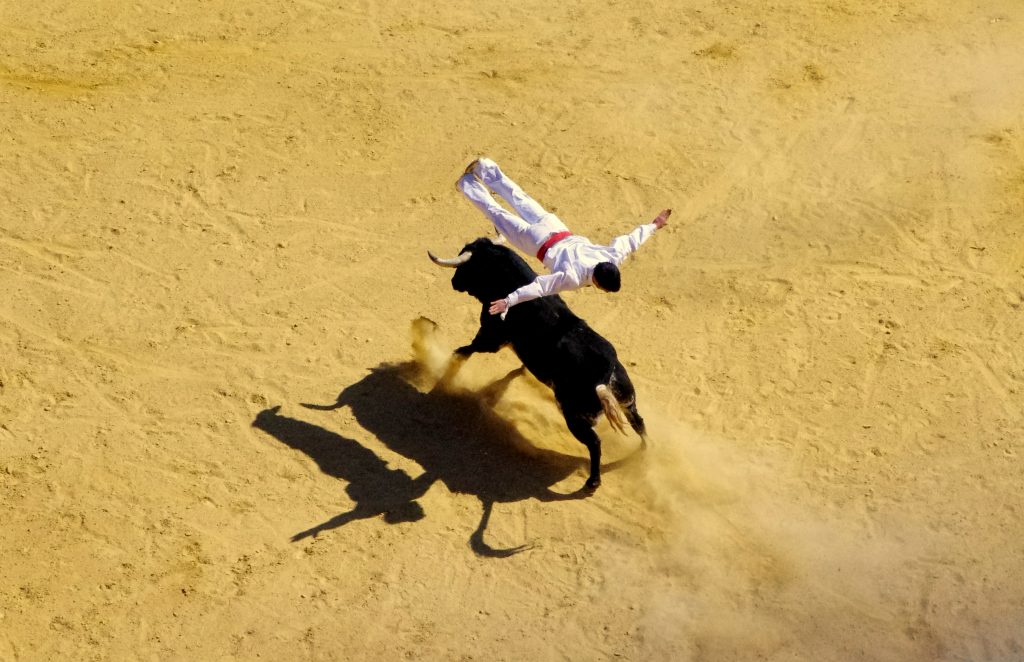Daily we hear of customers seeking imagery that is anything but ‘stock’. Picfair took the challenge to heart. Here is their unfolding story.
Tell us about the genesis of Picfair and a bit about the background of the founders.
Picfair was founded by former Guardian & New York Times journalist Benji Lanyado. He was continually frustrated by the homogenous images that streamed onto his desk from all of the usual suspects, while social media and online platforms teemed with fascinating, modern imagery. He quit his job, learned how to code, and built Picfair as an open-to-all licensing marketplace, in the process reversing the traditional revenue split that sees the vast majority of royalties going to middlemen agencies. Almost three years later, Picfair now has over 4.5 million images, uploaded by 24,000 photographers in 130 countries. Having built the library and curation technology, we’re now introducing ourselves to buyers across the globe – The Guardian and various Time Inc titles are among some of the early adopters.

Uploading and licensing is streamlined so that it’s quite easy to load images up and available for licensing easily. Tell us about your contributor base.
Broadly speaking, our photographers are 70% non-professional, and 30% professional, although the professionals have contributed just over 60% of the images in our library so far. Perhaps the biggest thing that has surprised us is the exponentially-improving quality of the “amateurs”. These aren’t just happy snappers dumping their holiday pics onto the site – they’ve often used high-end kit, and put hours and hours into composition and editing. The most exciting contributors are those whose day job gives them incredible insight and access – we’ve got art directors shooting incredible images in the slums of Nairobi; airline captains shooting from the cockpit; marine biologists taking their cameras underwater with them; security analysts in Kabul, Icelandic tour guides, diplomatic families travelling the globe … through their incredible images, we learn about their lives.
How do you address model/property release questions from customers?
We’re very clear about releases to all contributors during the upload process, and then add a two-stage moderation process thereafter: one automatic process looking for recognisable faces; and one manual process, in which we eyeball every image. If a recognisable person appears in an image and the photographer doesn’t have model release available on request, it can only be assigned an “Editorial & Personal” license. We’ve worked really hard to make a “mass upload” product that includes as much coverage on releases as possible, but if customers ever have any queries, we’re happy to help them dig deeper.
Photographers set their own licensing fees for a standard licensing agreement that precludes Paid for Advertising (OOH,Print ads, etc.) Should a customer be interested in such a license, how do you handle this?
We’re rolling out a license that covers advertising and merchandising very soon. It will take a little while to make the bulk of our collection available under this license, as we need the photographers themselves to opt their images in, but we should have a sizeable collection available for advertisers within a few months.

Exciting to see a new offering in the market that brings new imagery to the forefront. What is your strategy to stay in front of and to stand out to the customer in a crowded(and some would say) saturated marketplace.
Our core strategy is to treat our photographers like royalty. We’ve grown from nothing to 4.5 million images through their advocacy (we’ve spent nothing on marketing to photographers) – this is the upside of giving new photographers access to a market they’ve been previously excluded from; and giving professionals photographers the best royalty split in the business. Over the next few years, we want our photographers to help us spread on the buying side of the market – incentivising them to market Picfair to their peer groups and creative circles. Image licensing is a fascinating industry in that both ends of the transaction – photographers and image buyers – are, broadly speaking, “creatives”. We believe a recommendation from a photographer to a buyer is infinitely more powerful than ploughing money into advertising. Watch this space.

Fun also to see engagement on Social Media from your contributors when they license an image. Can you share a couple interesting sales stories?
For the “amateurs”, their first sale can feel like a eureka moment – the realization that not only can they take good images, but they can make a little cash from them too! We’ve seen thousands of amazing sales examples – Iraqi photographers selling images to Scandinavian research institutes; a Nepalese IT support worker selling images to Rough Guides; a London-based PA having her images used in an Esquire travel feature … it’s amazing to think that we’ve made those connections. But I think my favourite use case was when a photographer started praising a very well-known global airline on Twitter for licensing a “fair trade image” from her … I don’t think the airline had realized how our royalty split worked, but after being initially perplexed, they went all in, engaging in a dialogue with the photographer about how important “fair trade imagery” was to them.
To check out all Picfair has to offer – www.picfair.com

